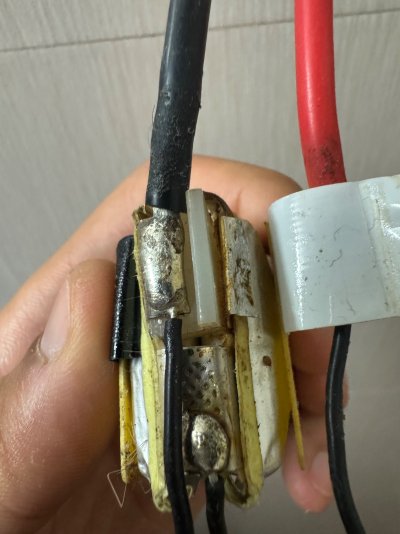Hey fellow DIY enthusiasts,
I could use some advice on soldering LiPo battery tabs. I have a 4S CHNL 1500mAh 100C LiPo that I used for my FPV drones. Unfortunately, my charger died mid-process, and it ended up killing 2 of the cells. To salvage it, I converted the battery to a 2S setup.
Now, I’m facing an issue with soldering the last wire to the battery tabs. I purchased some aluminum flux solder from Amazon, thinking it would do the trick, but the solder just won’t stick to the tabs.
Has anyone dealt with this before? Any tips on getting a solid connection? Should I be using a different type of flux or solder, or is there a specific technique I’m missing?
Thanks in advance for any help!
I could use some advice on soldering LiPo battery tabs. I have a 4S CHNL 1500mAh 100C LiPo that I used for my FPV drones. Unfortunately, my charger died mid-process, and it ended up killing 2 of the cells. To salvage it, I converted the battery to a 2S setup.
Now, I’m facing an issue with soldering the last wire to the battery tabs. I purchased some aluminum flux solder from Amazon, thinking it would do the trick, but the solder just won’t stick to the tabs.
Has anyone dealt with this before? Any tips on getting a solid connection? Should I be using a different type of flux or solder, or is there a specific technique I’m missing?
Thanks in advance for any help!



